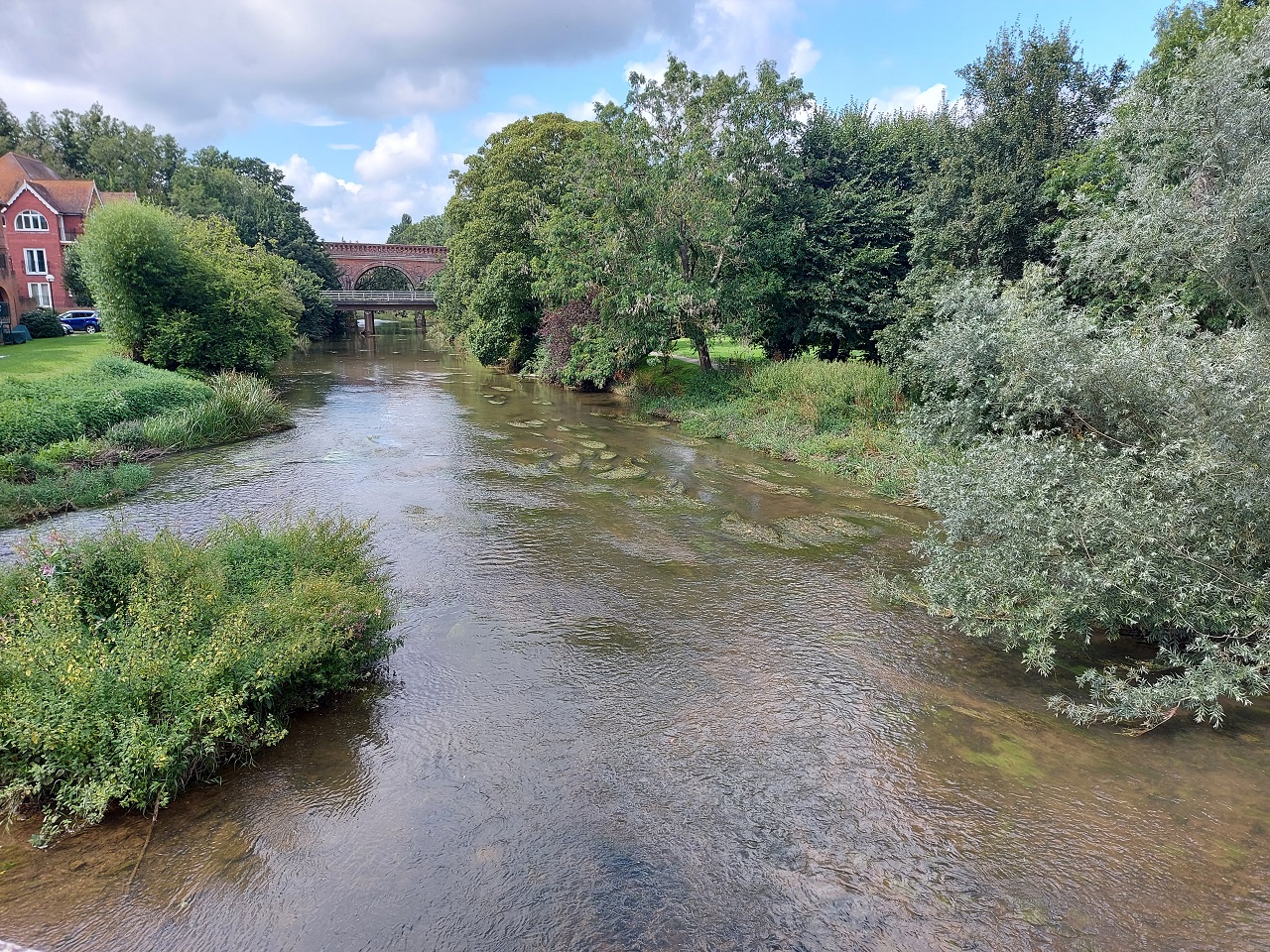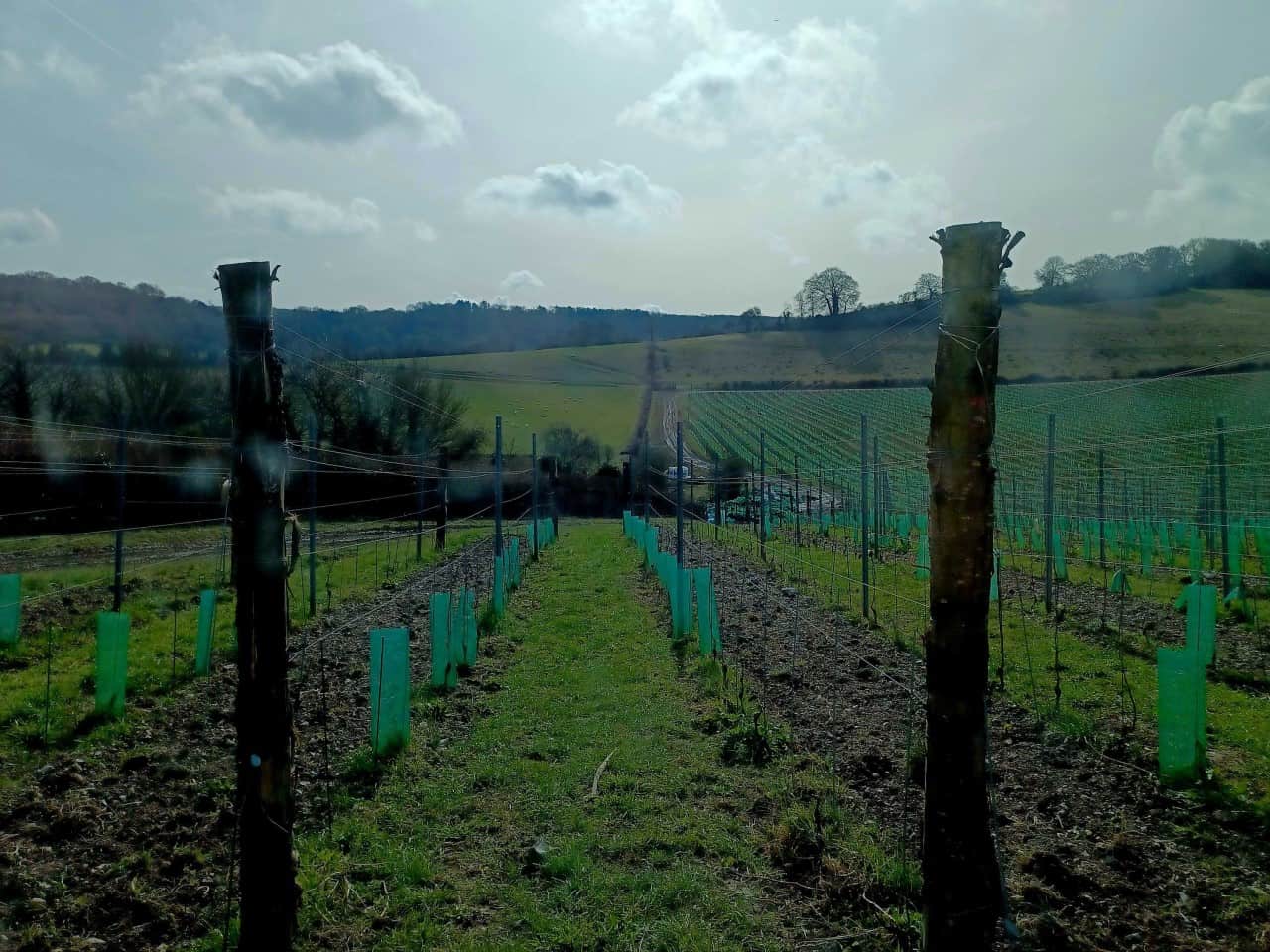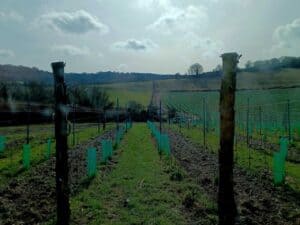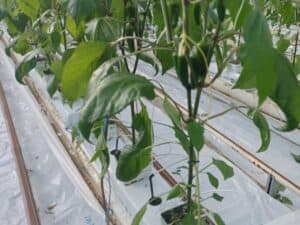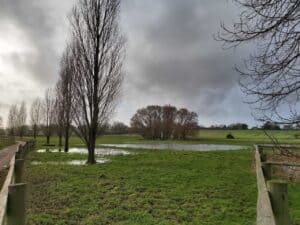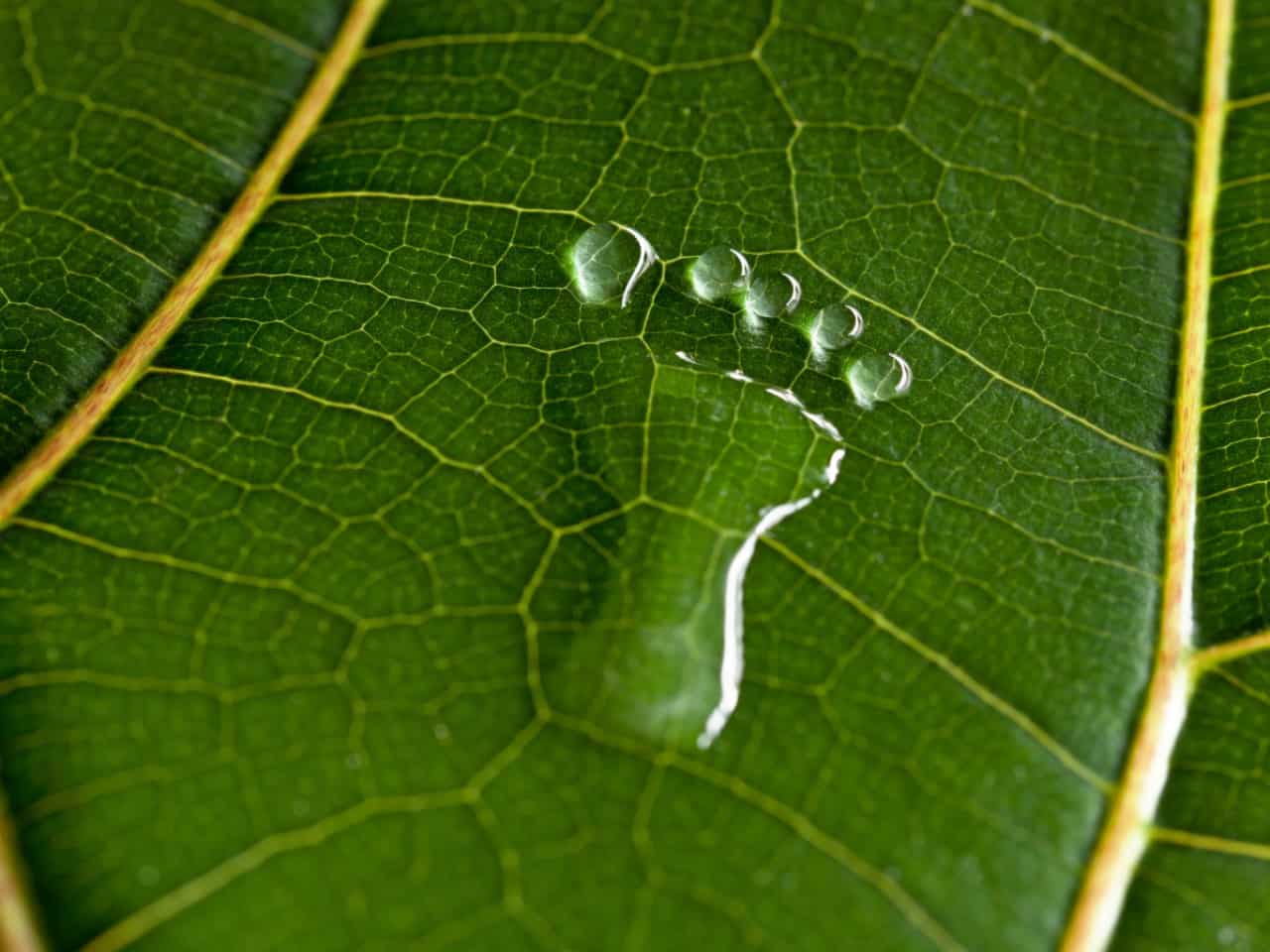The health of the UK’s rivers is increasingly at the forefront of the public consciousness. It is therefore vital that organisations working to protect and restore our rivers communicate openly and effectively with the public through innovative channels. It is also vital that all organisations working on a river network combine their efforts in a collective approach. What happens upstream affects the downstream.
We are delighted to launch the latest in our series of catchment ArcGIS Storymaps, on behalf of the wider River Mole catchment partnership. This partnership brings together about 45 organisations and individuals who are committed to protecting and enhancing the health of the watercourses across the entire river network. The South East Rivers Trust (SERT) co-hosts the partnership with the Surrey Wildlife Trust.
Through the River Mole Storymap anyone interested in the multiple threats to the river’s health, and the activities of the Catchment Partnership which aim to mitigate those threats, will be able to access detailed information, beautifully mapped for context and understanding.
Below, Dr Lewis Campbell, the Catchment Manager, provides a brief introduction to the Mole catchment, and highlights the work some of the organisations involved in its care and restoration.
Clay and chalk bring different issues
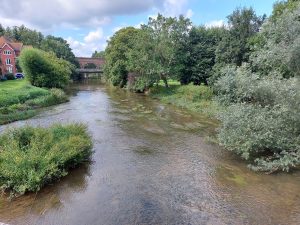
The catchment of the River Mole covers an area of just over 500km², spread across Surrey and West Sussex. The catchment is largely rural pasture and farmland, but is home to some significant urban areas including Crawley, Reigate, Dorking, and Leatherhead.
The catchment’s main watercourse, the River Mole, rises to the west of the town of Crawley, before flowing for 80km until it joins the River Thames opposite Hampton Court Palace.
Differences in the natural characteristics of the catchment in its upper and lower reaches provide a division into two sub-catchments. The area from the town of Leatherhead down to the confluence with the Thames forms the Lower Mole and Rythe sub-catchment, whereas the area above Leatherhead forms the Upper Mole sub-catchment.
Across its watercourse, the River Mole is joined by numerous tributaries, including the Gatwick Stream, Tilgate Brook, and Baldhorns Brook, to name a few. Although the river largely flows over clay, it carves out spectacular cliffs in the chalk bedrock in the area between Leatherhead and Dorking, also known as the Mole gap.
Challenges include pollution, weirs, flood and drought
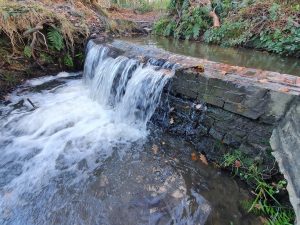
The water bodies that make up the Mole catchment vary in their Water Framework Directive (WFD) classification status from Moderate to Poor, and this reflects the numerous and varied challenges facing the catchment.
The major issue impacting the catchment at large is pollution from waste water sources. The catchment is home to several relatively large towns, so there are a number of sewage treatment facilities present which discharge treated effluent directly into the river, and occasionally also untreated sewage in times of higher than usual rainfall.
The Storymap allows residents to see Thames Water’s live sewage release data. These discharges carry with them excessive nutrients, such as phosphates and nitrates and micro-organisms, which can have a negative impact on the quality of the habitat available for aquatic life such as fish and plants.
The catchment runs primarily over clay. Couple this with the relatively large urban areas and the presence of the UK’s second largest airport (Gatwick) and rain that falls on the catchment very quickly makes its way into the water course, directly from hard surfaces such as roads and runways, or from fields.
This run-off carries with it numerous chemicals and other pollutants which can also degrade the quality of the river habitats available for wildlife. In rural areas, run-off will also carry significant amounts of soil and sediments from fields which can clog up the valuable gravel areas in which aquatic invertebrates like to reside, reducing the food availability for larger organisms such as fish.
Another issue is that fish are also negatively affected by the numerous barriers within the catchment. These barriers are often types of weir – solid structures placed into rivers to alter their level and flow. These physically stop fish from navigating the full extent of the water course. This prevents them from accessing the variety of habitat types that they require to thrive, something particularly harmful to those species such as salmonids and the critically endangered European eel which have complex life cycles that involve migration to and from the ocean.
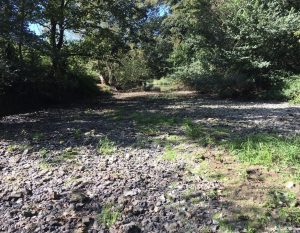
Interestingly, the catchment is prone to both flooding and problematic low flows. Many of the catchment’s waterways have been historically altered to make them more navigable, or to make way for development. This often involves straightening and re-enforcing the river channels, which disconnects the river from their adjacent flood plain.
Disconnection from the flood plain means that during periods of heavy rainfall the water which quickly runs over the catchments clay and concrete into the rivers has no way of escaping the channels, resulting in excessively high water levels and flooding. Conversely, in times of low rainfall, connected flood plains can retain water which slowly makes its way into the watercourses, maintaining flow. A lack of connected floodplains in the catchment means that the Mole and its tributaries often experience low flows during the height of summer, again negatively impacting aquatic life.
Water quality work under way
As the climate becomes more unpredictable it is likely that these issues will occur more frequently or with increased severity. Fortunately, there are steps that we can take to try to avoid this situation, or help the catchment cope.
Partnership members work either individually or together on projects to improve the catchment, but meet on a regular basis to share expertise and experience. The idea is that by working together, groups can pull their knowledge and resources together and agree actions that are right for the whole river (a holistic approach) rather than act in isolation on small sections.
One of the partners, the River Mole River Watch, which is spearheading catchment wide water quality monitoring efforts through their network of volunteers. This initiative will allow the partnership to identify locations which are being particularly impacted by pollution and poor water quality. Armed with this knowledge, catchment partners will then be able to design and implement measures to prevent pollution, or reduce its impact.
Learn more about our eels project and Crawley focus
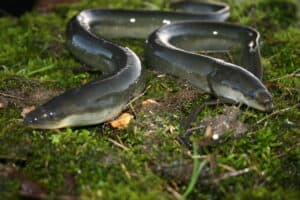
SERT also works with communities and landowners to identify ways to reduce run-off pollution in urban and rural environments, such as changes in land management practices.
Where reduction of pollution is not possible, SERT is involved in projects to improve river habitat, create backwater refuges and remove barriers so that fish and other aquatic organisms can move into less polluted areas. SERT is also leading on projects to reconnect the waterways of the Mole catchment with their flood plains, providing natural flood management and low flow resilience.
Our work at SERT on the Mole already, among many listed on the Storymap, has included a project to promote and help the critically endangered European eel. During the Thames Catchment Community Eels project – part of wider work on several rivers across the south east – we found twice the number of barriers to eel migration, such as weirs, as had been recorded previously. We also ran workshops and assemblies for 1,136 children and put on other public education sessions, to highlight how this species of fish needs to be able to reach the ocean to complete its life cycle.
We are currently working up our Caring for Crawley’s Rivers project, which will combine river restoration with community engagement such as education in schools and with other groups.
With our newly launched catchment Storymap, you can take a deeper dive into River Mole catchment and the actions that our catchment partners are taking to protect it. You can also find information on opportunities for you to get involved.
Visit our River Mole Storymap, find out about the work to protect and enhance the river and how to get involved!

